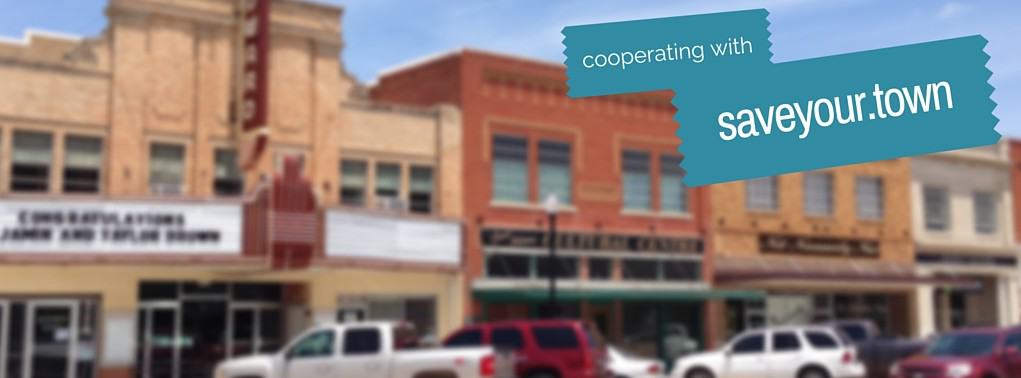
Photo (CC) by Ken Teegardin, on Flickr
Many small-business owners fear that an increase in prices will drive customers away.
This idea made the headlines in 2016 when New Jersey implemented a substantial gas tax increase making prices jump 10% or more overnight. Gas station owners were concerned that people will go somewhere else for cheaper prices or to other transportation alternatives.
While such a concern seems valid, research finds that moderate price increases are often perceived as more or less acceptable by consumers.
The case in New Jersey is less problematic for business owners as all businesses are faced with the same change. But what happens when you need to raise prices but your competition may not. Will people leave, our perception, or will they stay, quite often the reality.
First, you, the owner, must understand that it is not price alone but several factors that determine customer behavior in terms of where they shop. The first of these is how often we buy a product or service. The more often we buy something, the more likely it is that we will both recognize that the price has increased and perhaps have use considering a change.
Another factor is the cost of the item. Higher-priced items use a larger portion of our household income. This makes us, again, the more price conscious. Yet the type of item also comes into play. Sales of what might be considered vanity products will not see the drop in demand that other products might.
Price awareness also depends on how visible the price is to the consumer. For this one, think about service stations and the billboards reflecting current prices. Price is highly visible and, because of that, we are more likely to be aware of increases, decreases and how you compare to your competitors.
Also, you must consider how other products can be interchangeable with yours. Gasoline is basically a commodity, meaning one brand is much like the next.
Things that help ensure your customers return to your store include habit. We tend to go where we have in the past.
Also, the customer thinks about the actual or perceived value of your brand. We all go to places where we like the service, the store, how we are treated, the feeling we get our money’s worth, etc. And we will continue to go back even though prices may not be as cheap as the store next door or the several stores we drive by to get to our favorite location.
Finally, there may be factors such as a desire to shop local or support small businesses can influence one’s reaction to a price increase.
All of these factors make it difficult to fully anticipate consumer reaction to price changes. And the good news is knowing price increases can be implemented.
So what can you do to make price adjustments less likely to send customers away?
- First, know why you are doing it and, when asked, have your thoughts gathered as to why you needed to make adjustments.
- Second, don’t surprise people especially if the increase will be significant in either dollars or percentages. Some owners even take advantage of it with a sale to encourage early buying. That can be a good idea but realize it will definitely impact your cash flow.
- Third, make regular adjustments. When people know you change your prices on a regular basis, the changes have less of an impact.
- Fourth, understand your own profit margins and what the data is telling you. Know what you need and how changes may affect your cash flow and revenue picture. This knowledge allows you to consider how, and even if, you implement a change.
As a small business owner, it’s important you not fear making a price adjustment. Pricing, it is said, is part science and part art. Mostly it’s knowing your customer.










